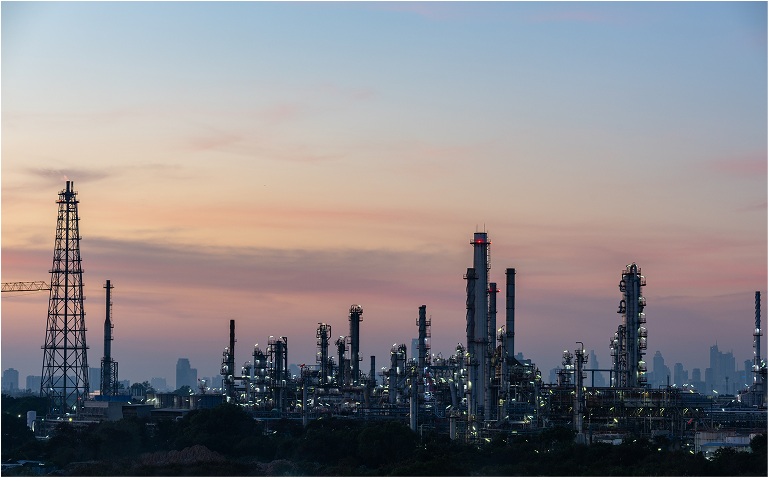Learn
Certified Natural Gas with Gas Mapping LiDAR®
Oil and natural gas operators use aerial LiDAR to achieve the highest level of performance under certified gas and differentiated gas initiatives.

Bridger Photonics and Natural Gas Differentiation
The natural gas industry is feeling increased pressure from investors and end-users to adopt responsible operating practices and reduce methane emissions. Voluntary initiatives have been developed to allow companies to differentiate their product by highlighting their leading methane emissions management programs. Initiatives can focus solely on methane emissions and methane intensities or can include additional environmental, social, and governance (ESG) metrics.
Across certification and differentiated natural gas programs, Bridger Photonics’ Gas Mapping LiDAR (GML) helps companies throughout the natural gas supply chain meet the most stringent requirements for gas differentiation.
Learn more about the basics of certified gas here.

OGMP 2.0
The Oil and Gas Methane Partnership (OGMP) 2.0 is a voluntary initiative of the United Nations Environmental Programme (UNEP) to increase the accuracy and transparency of methane emissions reporting. Partner companies commit to attaining reduced emission levels while progressively increasing the rigor of their emissions reporting methodology. Excellence as an OGMP 2.0 partner is recognized by “Gold Standard” attribution. Bridger Photonics' aerial LiDAR technology can help operators comprehensively measure their emissions for OGMP 2.0 reporting.
Veritas
The Veritas protocol is a set of guidance documents for calculating methane emissions inventories using direct measurement data. The protocol covers best practices and discusses pitfalls in emissions measurement and reporting. Bridger Photonics' aerial LiDAR technology can be used for calculating total methane emissions under the Veritas protocol.
MiQ
MiQ is a voluntary certification program created to facilitate a rapid reduction in methane emissions from the oil and gas sector. The MiQ certification process evaluates operators based on reported methane emission levels in addition to the policies and practices in place to minimize emissions. Bridger Photonics’ aerial LiDAR technology provides emissions monitoring and quantification for the certification.
EO100
EO100™ is a voluntary certification program based on the EO100 Standard for Responsible Energy Development that allows energy companies to publicly demonstrate their commitment to ESG performance and to reducing methane emissions. Deploying Bridger Photonics' aerial LiDAR technology can improve the certification grade of operators seeking EO100 certification.
.png?width=400&name=Bridger%20Newsletter%20Images%20(9).png)
-1.jpeg?width=400&name=MicrosoftTeams-image%20(48)-1.jpeg)


Learn More About Certified Gas from the Experts
Blog post
Understanding Certified Gas - A Q&A with Georges Tijbosch of MiQ
Learning about MiQ's Methane Mission with CEO, Georges Tijbosch
Read nowBlog post
How EO100™ Helps Companies Verify their ESG Performance
A Q&A with Equitable Origin's CEO Soledad Mills
Read nowBlog post
Q&A with Thomas Fox on the State of Certified and Differentiated Gas
To better understand the state of certified and differentiated gas, we sat down with Thomas Fox of Highwood Emissions.
Read nowUse Gas Mapping LiDAR for Gas Certification
Get started using Gas Mapping LiDAR to certify and differentiate your natural gas
-1.webp?width=286&height=287&name=MiQ%20Feature%20and%20Quotes%20(4)-1.webp)

